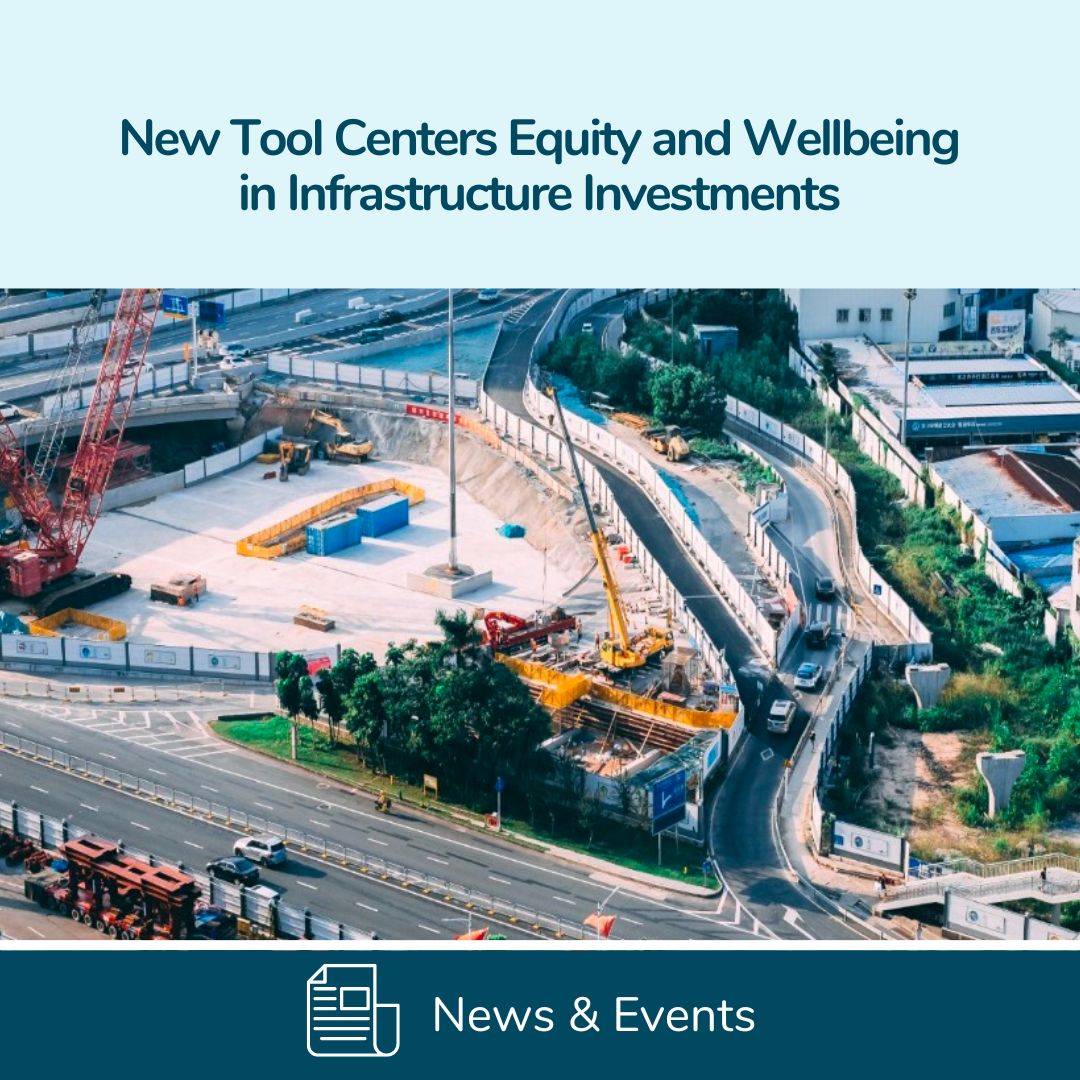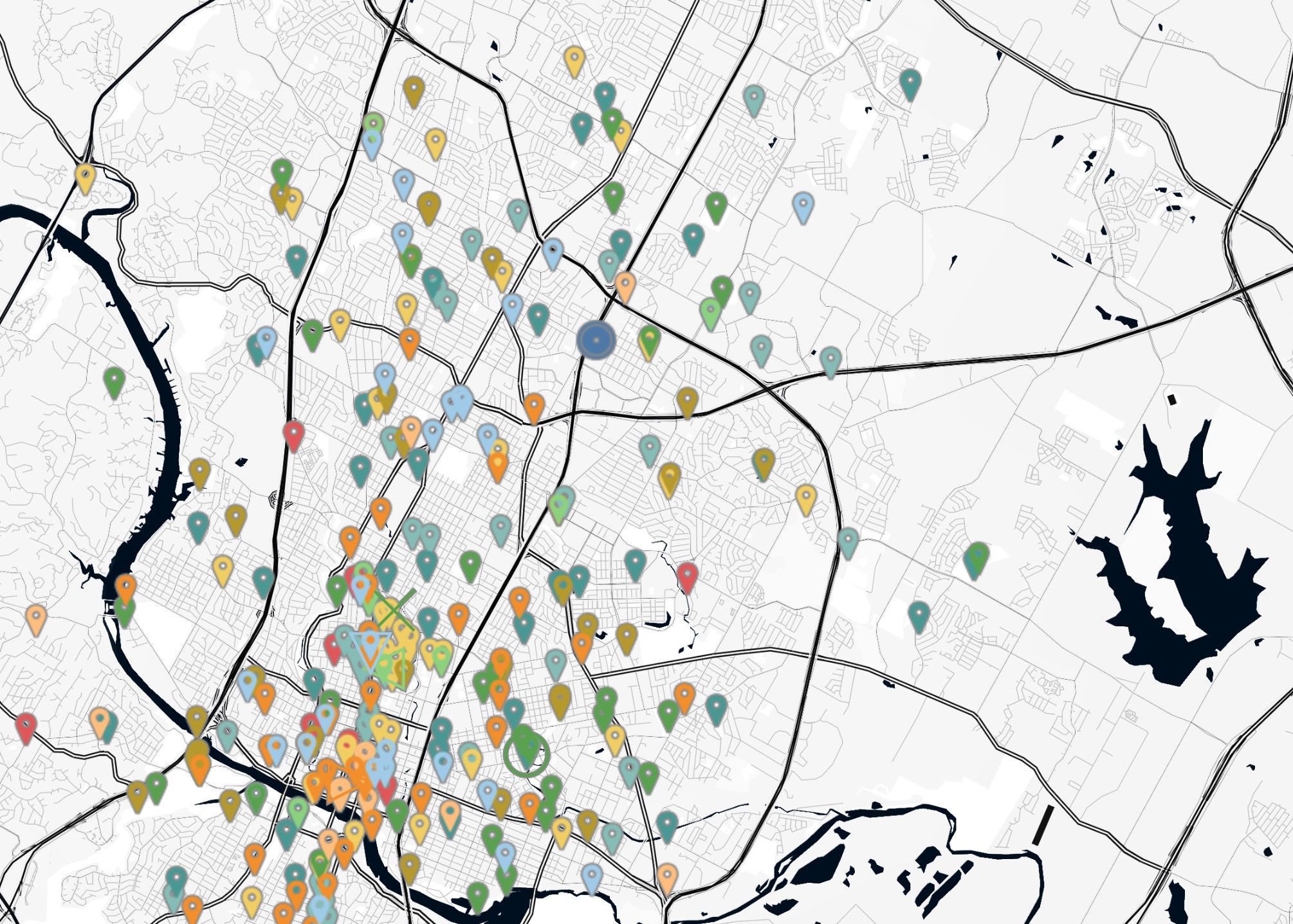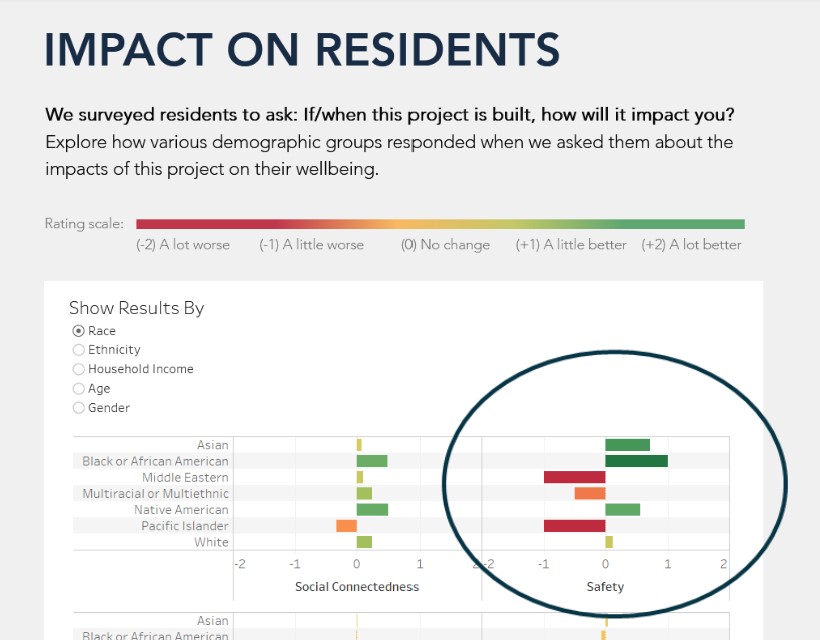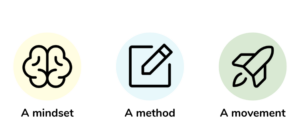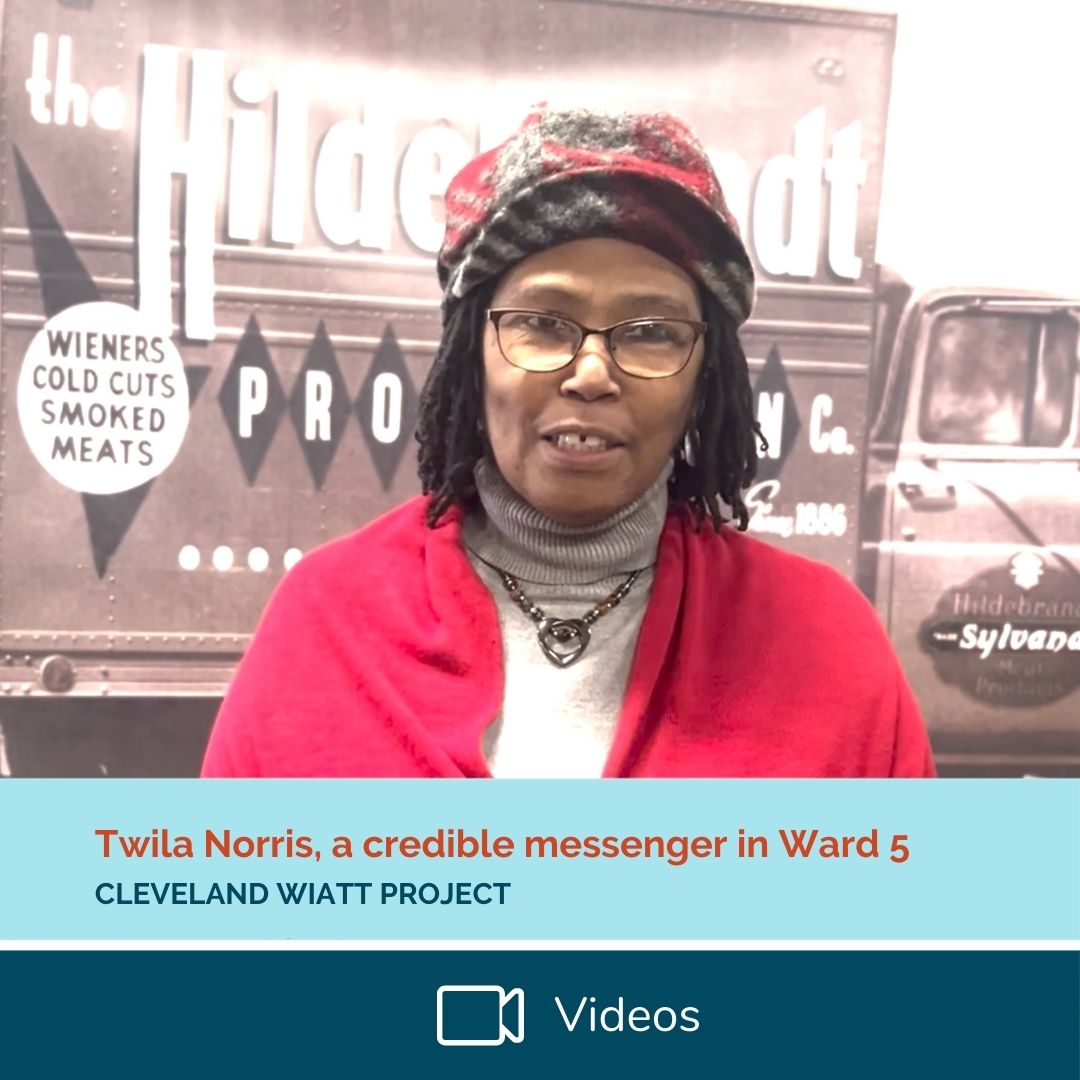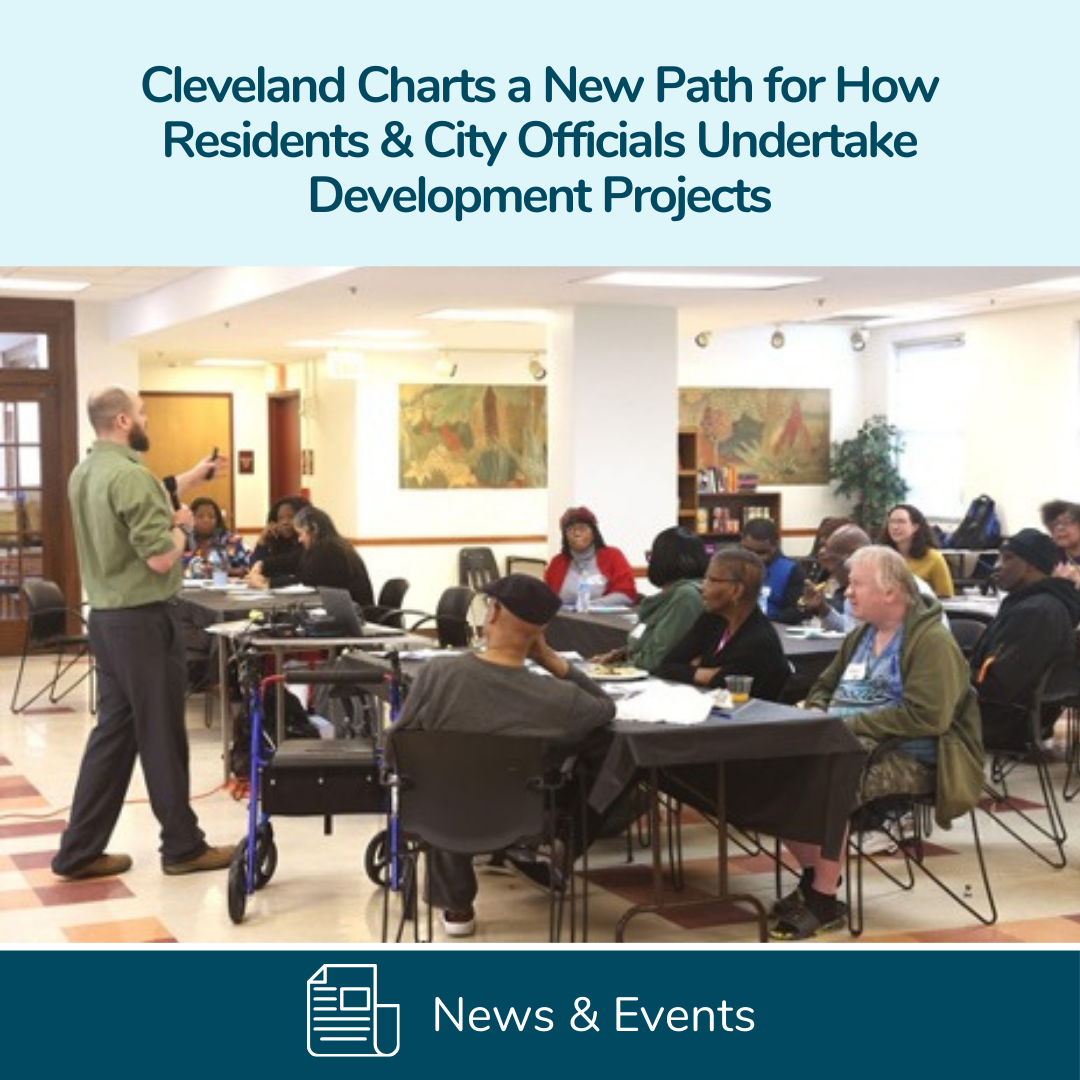Genesis of WIATT
In summer 2022, The Opportunity Project, part of the US Census Bureau’s Open Innovation Labs, invited FFI to develop a tech and data-centric response to the lack of wellbeing indicators used to assess community health and vibrancy. We rapidly constituted national advisory councils of federal policy, urban planning and infrastructure experts as well as community changemakers with lived expertise from around the country. For a list of our incredible partners and contributors, click here.
What’s next & how to get involved
We’re thrilled to have received an extraordinary grant from The Gordon and Llura Gund 1993 Foundation to partner with four cities to use WIATT as part of the planning of major projects as a beta test. Stay tuned for more info.
No matter who you are, your attention matters. If your city or community is about to make a major investment in infrastructure, like expanding a transit line or tearing down an elevated interstate, it’s possible that many who will be most impacted might be underheard. Whether or not you use WIATT, please ask questions about how different voices are being heard, what decisions are being based on and how what’s being built reverses harms of the past. And if you happen to be in a group whose voice is often heard more than others, use your position to call for diverse voices and different kinds of community engagement. Your voice and your advocacy can influence whether or not we’re building for wellbeing.
